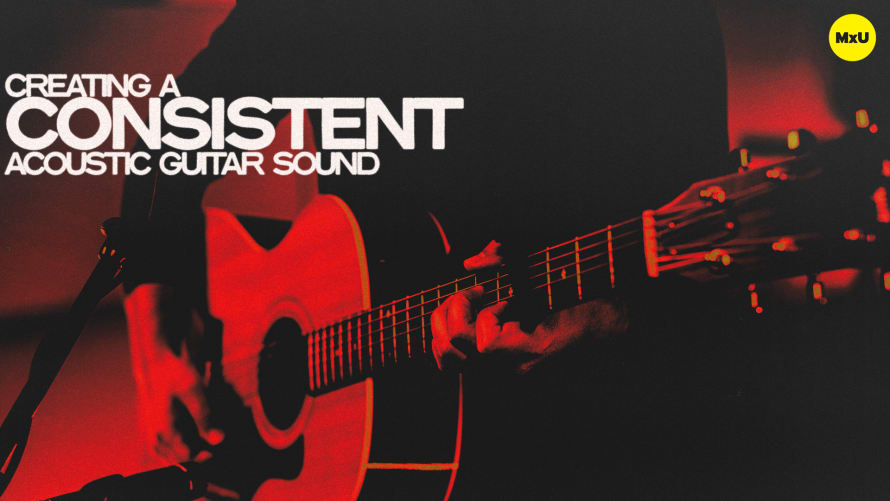Boost Your Acoustic Guitar’s High End


Continue watching
Sign up to continue watching Boost Your Acoustic Guitar’s High End
Pricing
Starting at $19.95 /mo
More in MxU
Lee Fields explores an innovative approach to mixing acoustic guitars. He embraces the shift from traditional expectations. The discussion showcases how making radical EQ adjustments and using compression techniques can transform the role of the acoustic guitar. The goal is to make the guitar cut through the mix with clarity and presence.
Key Points:
- Rethinking the acoustic guitar's role in a mix can lead to breakthroughs in sound quality. You can enhance its contribution to the overall sound by treating it more like a percussive instrument than a traditional guitar.
- High-frequency EQ boosts are traditionally seen as extreme. However, they can be key to making the acoustic guitar audible and effective within a full mix. This is especially true when balanced with attenuation to prevent harshness.
- High compression ratios and fast attack/release settings even out the acoustic guitar's dynamic range. This makes its rhythmic contribution consistent and pronounced.
- Adding reverb, especially settings that emulate large spaces like a Vienna hall, can give the acoustic guitar a lush, atmospheric quality. This quality supports its role in both rhythmic and featured parts.
- The focus on high-end frequencies allows the acoustic guitar to be present in the mix without overpowering other elements. It even compensates for any potential playing inaccuracies. It does this by emphasizing the instrument's textural contribution.
- This approach preserves the importance of vocal parts. It also ensures that the acoustic guitar serves a complementary role. This enhances the song's overall feel without dominating the sonic landscape.









